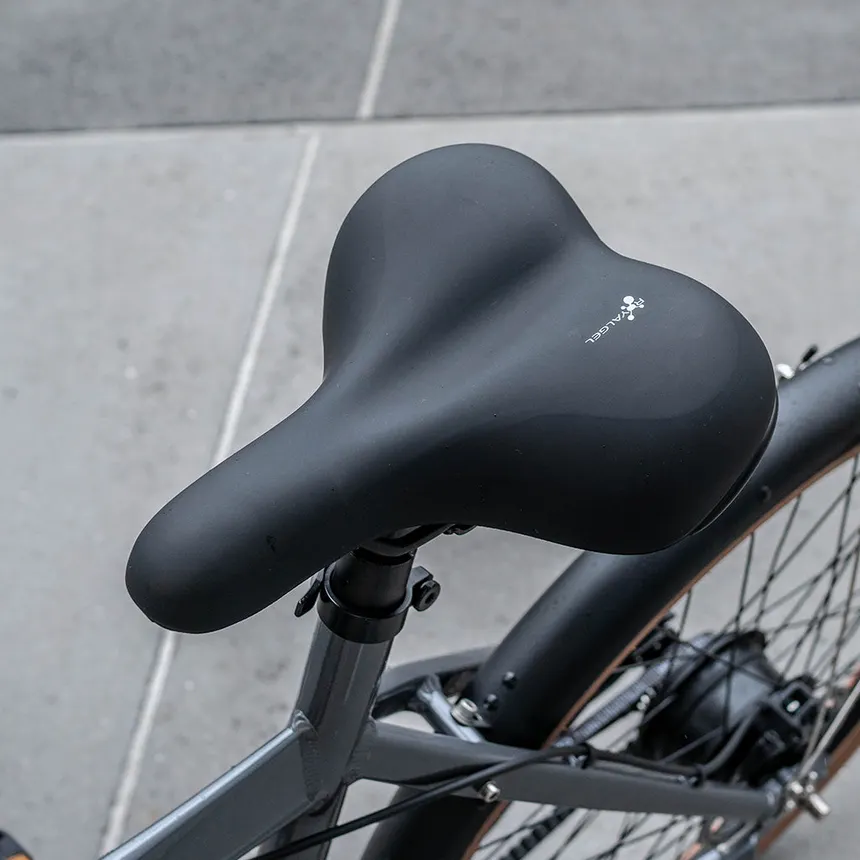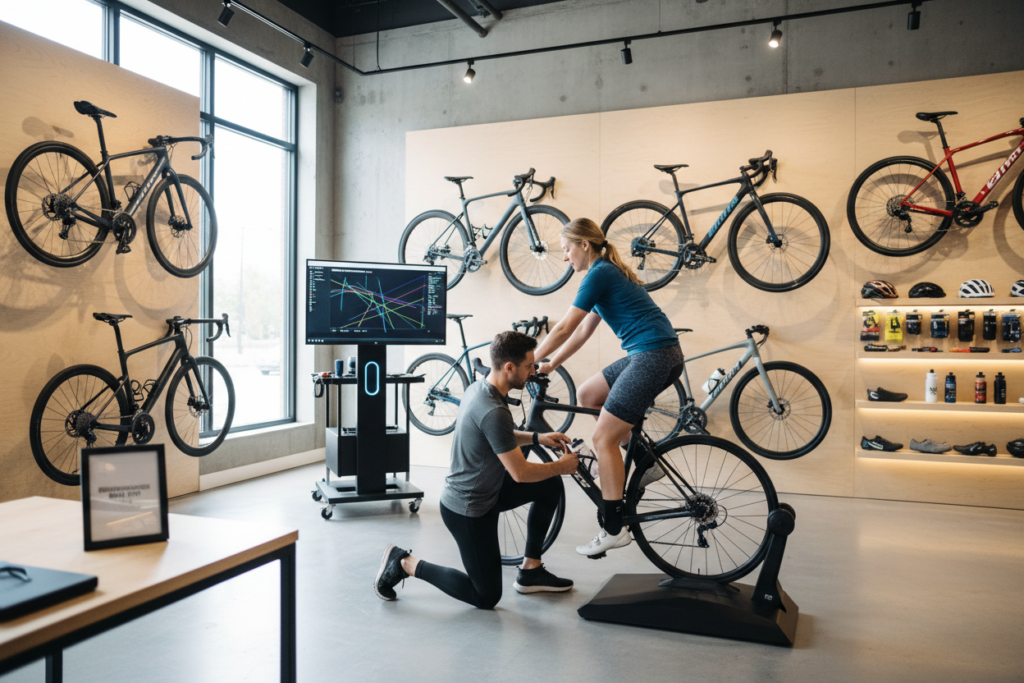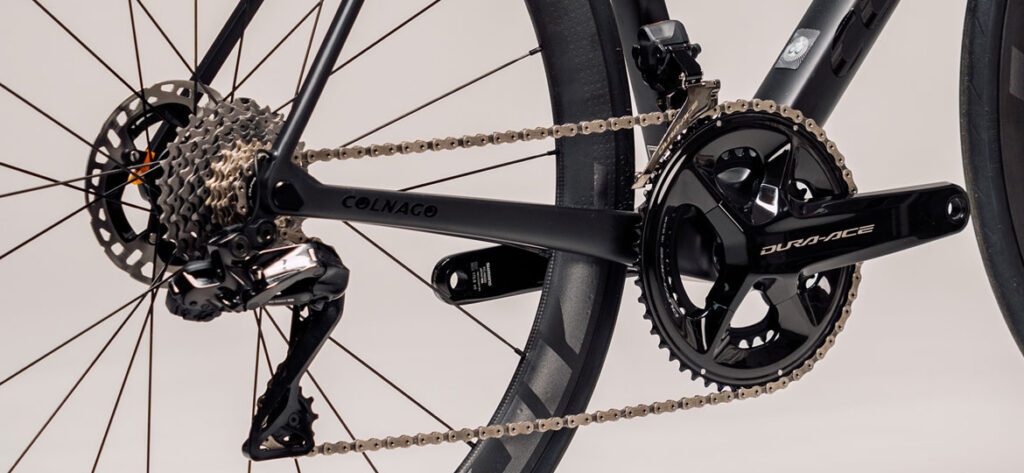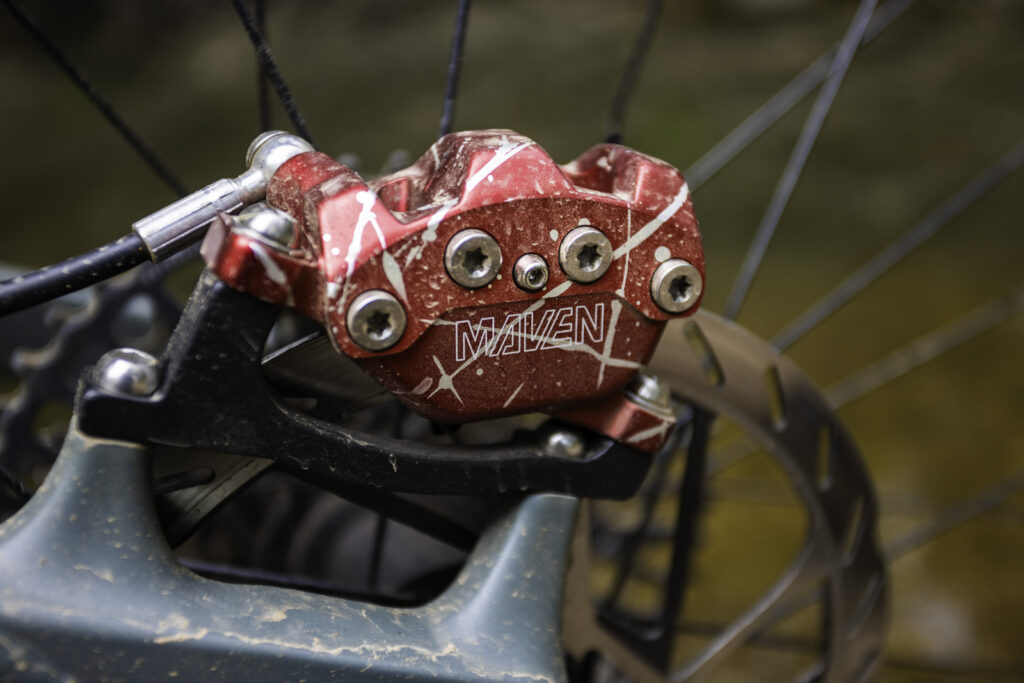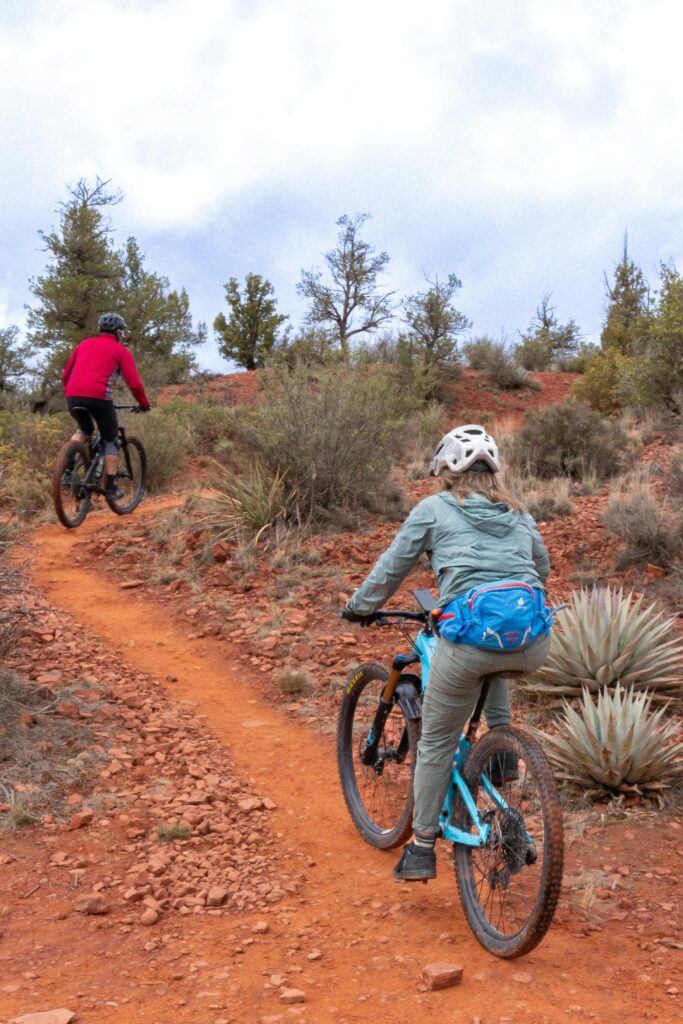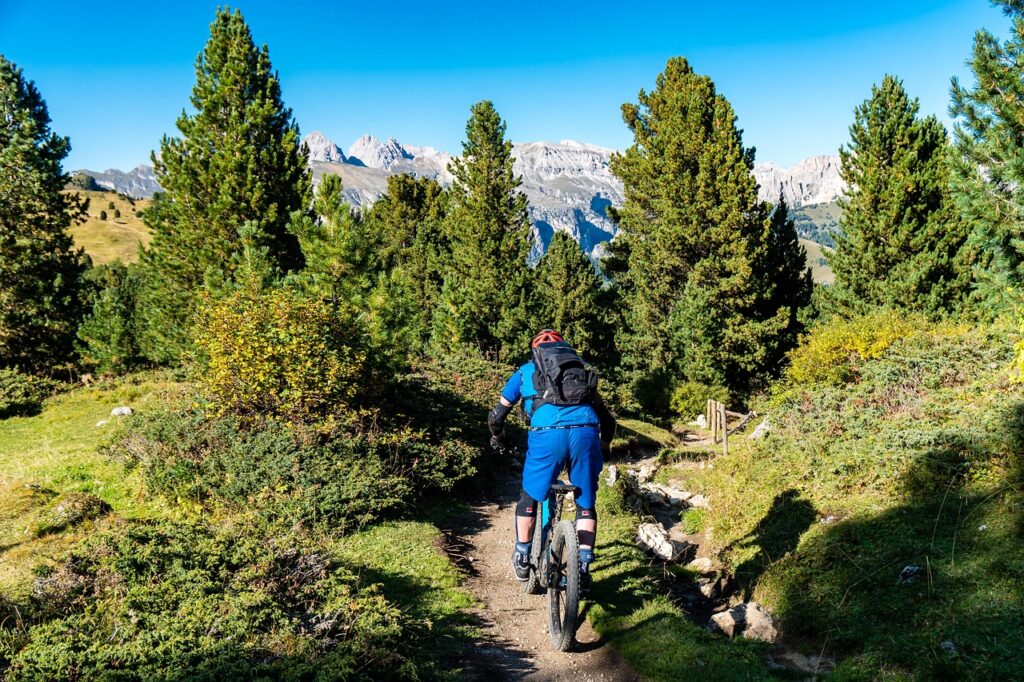Finding the right saddle can completely transform how you feel on the bike. Whether you’re a commuter, weekend cruiser, or e-bike rider logging big miles, saddle comfort determines how often—and how happily—you ride. In this 2026 buyer’s guide, we’ll break down what makes a saddle truly comfortable, explore key technologies, and recommend some of the best options available today for men and women across all riding styles.
Why Comfort Saddles Matter
A comfortable saddle isn’t just about luxury—it’s about performance, posture, and health. The wrong seat can cause numbness, chafing, or back pain that ruins the ride. A well-designed one supports your sit bones, relieves pressure, and keeps your hips aligned for efficient pedaling.
Comfort saddles are designed with extra padding, ergonomic shaping, and materials that reduce vibration. Modern designs balance softness with stability—plush enough to cushion, but firm enough to prevent fatigue on longer rides.
What Makes a Saddle Comfortable
Comfort is subjective, but there are several design elements that consistently make the biggest difference:
1. Sit Bone Support
Everyone’s sit bone width is different. A good saddle matches that spacing—typically 130–155mm for road riders and up to 180mm for comfort or cruiser bikes.
2. Padding Type
- Gel Saddles: Great shock absorption and instant comfort. Ideal for short, upright rides.
- Foam Saddles: Better long-term support for distance riding—firmer but more stable.
- Hybrid Padding: Combines gel and memory foam for all-around comfort.
3. Cutout or Relief Channel
A center cutout relieves pressure on soft tissue, improving blood flow and reducing numbness—especially important for commuters and e-bike riders who sit more upright.
4. Shape
- Flat saddles = more freedom of movement.
- Curved saddles = cradle your sit bones and stabilize upright posture.
5. Cover and Base
Premium synthetic covers like microfiber or PU leather resist wear and moisture, while nylon or carbon-reinforced bases keep weight low and flexibility high.
How to Choose the Right Saddle for You
- Determine Your Riding Style
- Commuter/Hybrid: Upright position → wider, padded saddle.
- Road: Aggressive position → narrower, firmer saddle.
- E-bike: Moderate upright → gel or memory foam with good ventilation.
- Cruiser: Fully upright → extra-wide saddle with suspension or elastomers.
- Measure Your Sit Bones
Many bike shops can measure sit bone width, or you can DIY using a piece of cardboard or foil to estimate your spacing. - Consider Your Typical Ride Duration
- Under 45 minutes: prioritize plush padding.
- 1–3 hours: look for balance and shape.
- 3+ hours: firm support and pressure relief channel are key.
- Gender-Specific vs. Unisex
Women’s saddles typically have shorter noses and wider rear sections; men’s are narrower with longer noses for forward pelvic rotation. Some brands now use unisex designs with adaptive foam that suits both anatomies.
Best Comfort Saddles of 2026
Below are our top-rated comfort saddles based on fit, materials, pressure relief, and long-ride feedback. Each model has been selected for a specific rider type or use case.
1. Selle Royal Respiro Moderate
Best for: Urban and e-bike riders
Price: ~$69
Selle Royal’s Respiro series has become the gold standard for commuters and casual cyclists. The Moderate version offers ventilated gel padding, a central relief channel, and an integrated clip system for saddle bags or lights.
Highlights:
- Ventilation channel keeps airflow consistent
- Royalgel reduces peak pressure by up to 40%
- Water-resistant cover and reflective accents
Why we like it:
It’s the perfect balance of cushion and structure for everyday riding. The airflow design keeps you cool—even on hot days—and the wide base suits upright riders.
2. Brooks C67 Cambium
Best for: Premium e-bike commuters
Price: ~$120
Brooks takes their Cambium concept—a flexible rubber base reinforced with nylon—and optimizes it for upright e-bike riders. The C67 offers incredible flex and natural shock absorption without foam or gel.
Highlights:
- Maintenance-free vulcanized rubber
- Reinforced wings for added stability
- Weatherproof and stylishly understated
Why we like it:
It’s durable, eco-friendly, and designed to flex naturally with your movement. A great upgrade for high-end e-bikes or daily commuters.
3. Ergon ST Core Prime
Best for: Riders with lower back pain
Price: ~$149
Ergon’s Core Prime technology allows the saddle to move subtly with your pelvis. It isolates road shock and reduces spinal compression—ideal for anyone riding frequently or recovering from discomfort.
Highlights:
- Ergonomic core absorbs vibration
- Pressure-relief channel reduces numbness
- Available in men’s and women’s fit
Why we like it:
The dual-layer design is both supportive and forgiving. It’s one of the few saddles that actually improves posture over time.
Cloud-9 Cruiser Contour
Best for: Cruisers and casual upright riders
Price: ~$45
Cloud-9’s Cruiser Contour is a classic oversized comfort saddle with coil springs and dual-density gel foam. It’s ideal for beach cruisers, hybrid bikes, or town rides.
Highlights:
- Coil suspension under the shell
- Extra-wide rear section for support
- Durable vinyl cover resists weather
Why we like it:
Old-school comfort done right—simple, soft, and affordable. Not for performance bikes, but unbeatable for short casual rides.
WTB Koda
Best for: Trail and hybrid riders
Price: ~$95
WTB’s Koda balances comfort with off-road capability. It’s supportive for long climbs and shaped to minimize thigh rub during pedaling. Available in two widths for perfect sit bone alignment.
Highlights:
- Medium padding with firm foam
- Short nose improves maneuverability
- DNA padding adapts to body heat
Why we like it:
The Koda’s blend of firm support and ergonomic shaping makes it an excellent do-everything saddle for hybrid and trail riders.
Comfort Saddles by Rider Type
| Rider Type | Recommended Model | Key Benefit |
|---|---|---|
| Commuter / E-bike | Selle Royal Respiro | Cool and supportive |
| Upright Cruiser | Cloud-9 Contour | Plush and forgiving |
| Daily City Rider | Brooks C67 | Durable & weatherproof |
| Long Distance | Ergon ST Core | Reduces fatigue |
| Gravel / Hybrid | WTB Koda | Balanced and firm |
Tips for Improving Saddle Comfort
- Check Saddle Angle:
Keep the saddle level or slightly nose-down for upright riding. Too much tilt causes sliding or pressure. - Adjust Height and Reach:
Poor bike fit is the #1 cause of saddle discomfort. Your leg should have a slight bend at the bottom of the pedal stroke. - Use Quality Shorts or Liners:
A good chamois makes a huge difference on longer rides—even for commuters. - Replace Worn Padding:
Foam and gel degrade over time; every 2–3 years, reassess your saddle. - Break It In:
Some saddles (especially leather or rubber) need 100+ miles to conform perfectly to your anatomy.
E-Bike and Comfort Saddle Compatibility
E-bikes create more sustained saddle pressure because you pedal less aggressively. Look for saddles that distribute weight evenly across the rear platform, have reinforced rails, and use moisture-resistant covers—heat and vibration from motor systems can accelerate wear on cheaper saddles.
Top e-bike-friendly comfort saddles:
- Brooks C67 Cambium
- Selle Royal Respiro
- Ergon ST Core Prime
Final Thoughts: Comfort = Confidence
Choosing the right saddle is one of the most personal upgrades you can make to your bike. Once you find the perfect fit, your entire riding experience changes—longer rides feel effortless, posture improves, and saddle soreness becomes a thing of the past.
If you’re unsure, start with your riding style and position. A slightly wider saddle with a central cutout suits most upright riders, while firmer, narrower options work best for fitness and endurance rides. Comfort isn’t just about padding—it’s about support, shape, and balance.
Your ideal saddle should disappear beneath you—quietly doing its job so you can enjoy the ride.
Related Content:
- Best Cargo E-Bikes
- How to Pack a Bike
- How to Wash a Bike Safely
- Best Commuter Bikes Guide
- Best E-Bike Brands
Why Trust This Guide
BestBikeBrands is built by lifelong cyclists with decades of real-world experience — in the shop, on the trail, and behind the wrench. Our goal is simple: to help riders choose the best bikes and gear with confidence, backed by expert insights and hands-on testing. Learn more about us →
